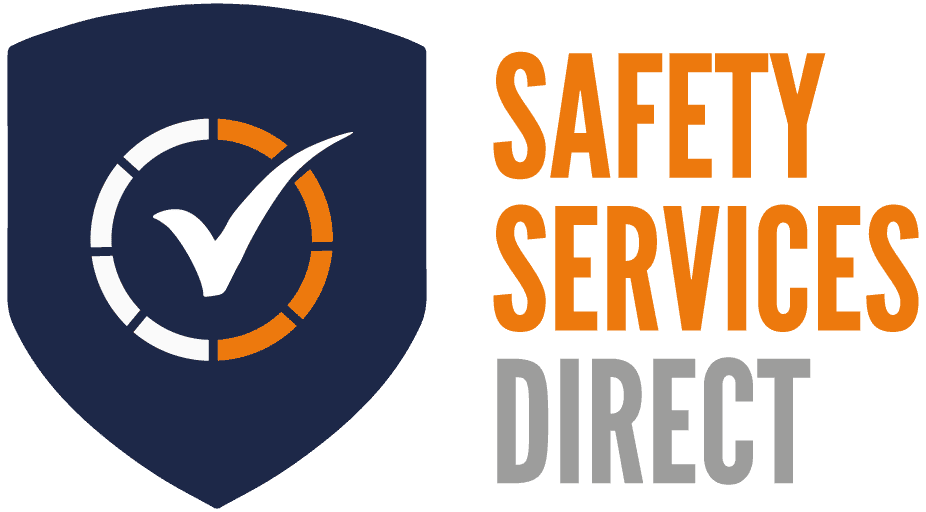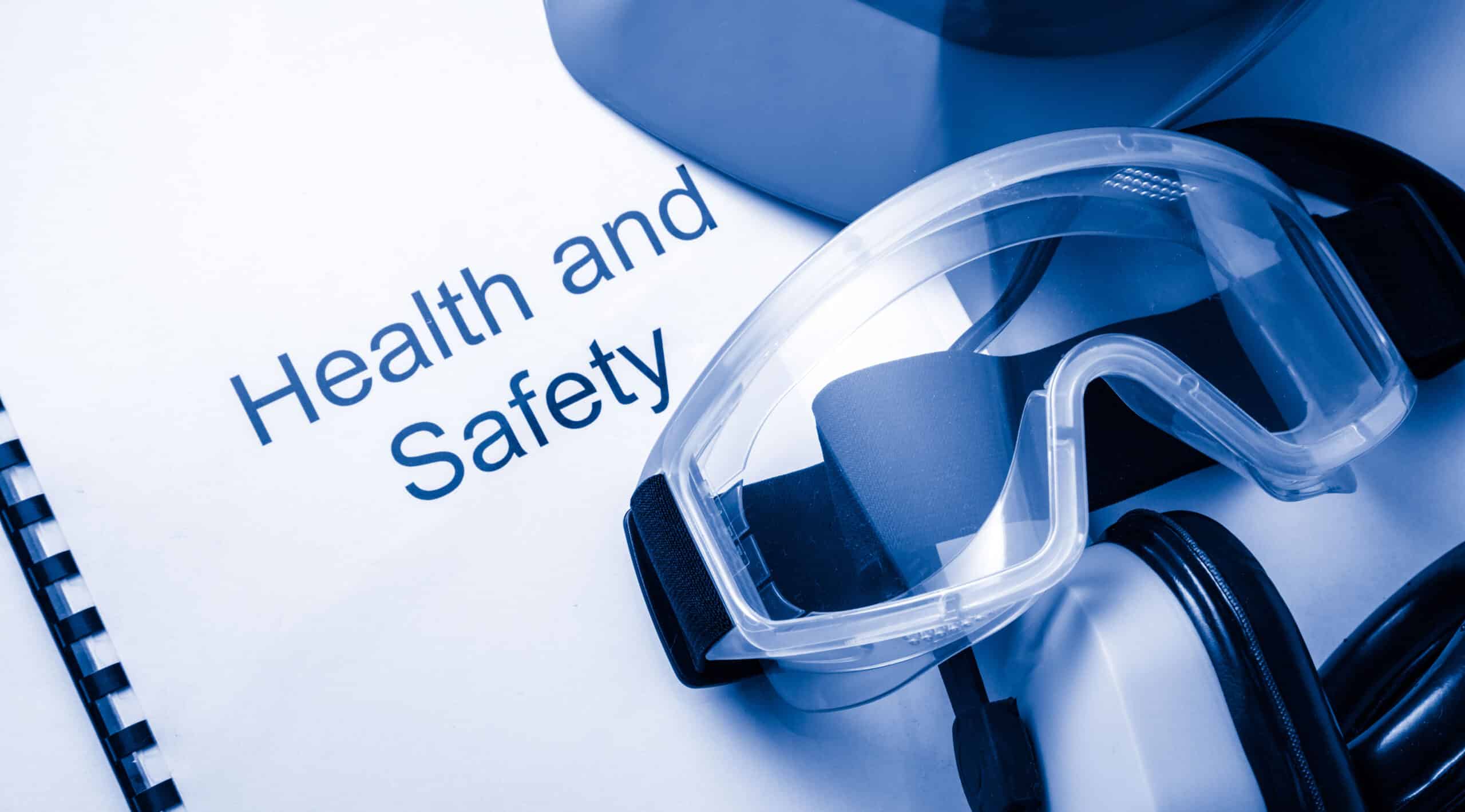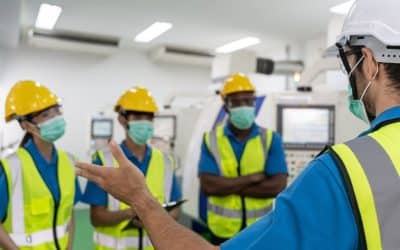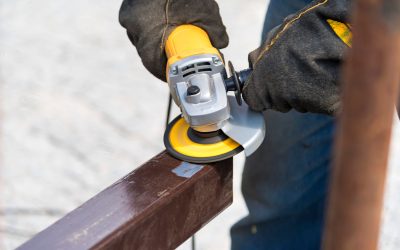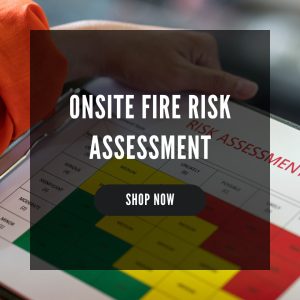Employers are responsible for the health and safety of all employees and visitors to their premises. Visitors include customers, suppliers and the public. Essentially, it is an employers’ duty to look after every person on site and make sure they do not come to harm. There are also regulations in place to deal with certain hazards and also for industries where hazards are particularly high.
Health and Safety Regulations
The Health and Safety at Work Act 1974 sets out the general duties that are “reasonably practicable”. This means an employer is not required to take measures to avoid or reduce risk if it is technically impossible to do so. If the cost of the measures are grossly disproportionate to the risk, it is also not expected.
The Health and Safety Executive (HSE) enforces health and safety act in the workplace across the UK.
Risk Assessments
Employers have a duty of care to their employees. For this reason, the main requirement of employers is to carry out a risk assessment. A risk assessment tests any potential risks that are in a workplace or in an activity that needs to be undertaken. This is to be carried out by a “competent person” or a member of staff trained in health and safety.
Any business with five or more employees must record any significant findings of the risk assessment. A plan must also be put in place to deal with the risks the report has found. After this, a health and safety policy must be arranged to protect staff and visitors at all times.
Employer’s Duty of Care Outlined
Employers aren’t responsible for every element of safety in the workplace, but they are responsible for the following:
- Making the workplace safe
- Prevent any risks to health on the premises
- Ensure that any machinery on site is safe to use
- Make sure working practices are set up and followed by staff
- Materials are handled, stored and used safely
- Provide first aid facilities
- Inform workers of any potential hazards in daily tasks – this can mean chemicals or other substances used by the company – and give information, detail instructions and training. Supervision might also be required.
- Put emergency plans in place
- Make sure that facilities meet health, safety and welfare requirements – such as ventilation, temperature, lighting, toilet, washing and rest facilities
- Providing the correct work equipment and ensuring it is properly used and maintained
- The prevention and controlling of substances that may damage employees’ health
- Precautions are taken against the risks caused by hazards that are flammable, electrical equipment, noise and radiation
- Avoid dangerous work that involves manual handling – if unavoidable, how precautions can be taken to reduce risk of injury
- Health supervision provision
- Provide protective clothing without a charge to the employee
- Placing of right warning signs and maintained
- Reporting of certain accidents, injuries, diseases and any dangerous occurrences to the HSE or a local authority (depending on the type of business you have)
How To Make A Workplace Safe and Healthy
An employer should make sure that the workplace is a safe and healthy environment to be. This is done by:
- Making sure that the building is properly ventilated with clean air
- Keeping temperatures inside at a level that is comfortable for all (13 degrees minimum if no work involves physical activity; 16 degrees for offices)
- Appropriately lighting the workplace which allows for safe work and movement
- Keeping the workplace and the equipment clean
- Ensuring areas are large enough for ease of movement (at least 11 cubic metres per person)
- Providing suitable workstations for employees
- Maintaining work equipment
- Making floors, walkways, stairs, roadways safe to use
- Protecting people from falling from a height or into dangerous substances
- Storing things safely so they won’t cause injuries
- Fitting windows, doors and gates with safety devices if needed
- Providing washing facilities suitable for staff and clean drinking water
- If needed, providing a place for employees to change and store clothing
- Creating areas for rest breaks, lunch and suitable facilities for pregnant women and nursing mothers
- Letting employees take rest breaks and entitlement to holidays
- Making sure that any employee who works alone or off-site can do so safely and healthily
What Incidents Does An Employer Have To Report
Every workplace has a legal obligation to report certain incidents to relevant authorities. Employers and self-employed people in control of the premises, have to report any of the following:
- Work-related deaths
- Major injuries or any injuries over three days
- Diseases related to work
- Dangerous occurrences (or near miss accidents)
What Else Must Employers do Regarding Health and Safety?
Employers have to consult with its staff on any health and safety issues that crop up at work. This consultation must take place through a safety representative – this person is elected by staff or a trade union.
Every workplace is required to display the Health & Safety Law Poster, as failure to do so is an offence against the Health and Safety Act 1974. The other option is to provide every staff member with a copy of the HSE leaflet detailing the same information.
Workers can complain to their representative if they feel their workplace isn’t carrying out its legal duties. If the representative or the employer provides an unsatisfactory response to the concern, an employee can complain to the HSE.
Health and Safety Courses Online
Safety Services Direct has a range of industry leading online health and safety training.
Health and safety training can benefit your business. Employees can take these training courses online and, in most cases, will have a certificate on the same day. If you need to book courses in bulk for many of your staff, Safety Services Direct will offer you a discount. For more information on our online courses, contact us today.
